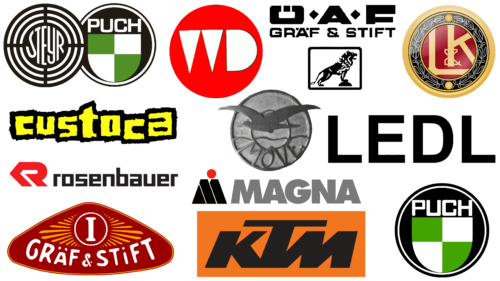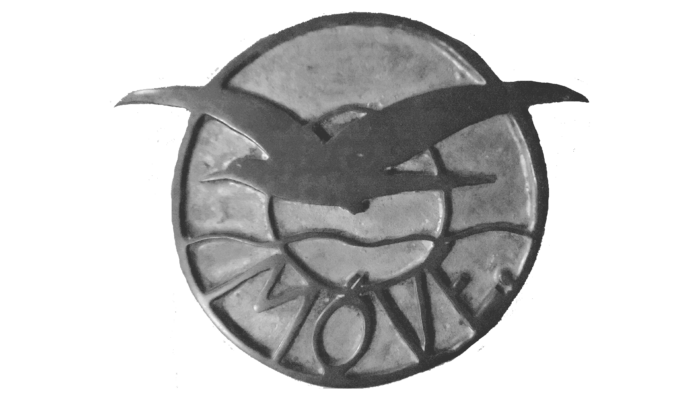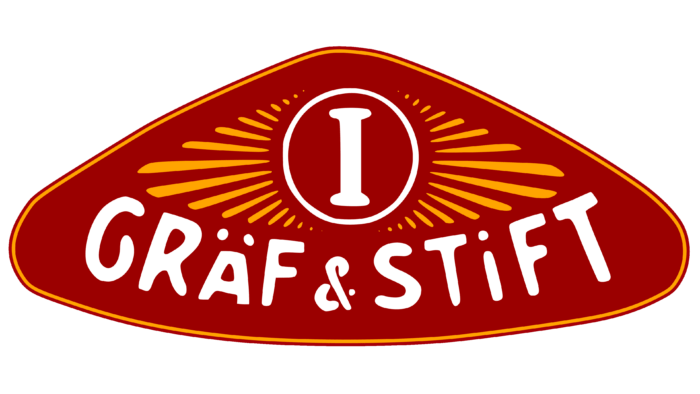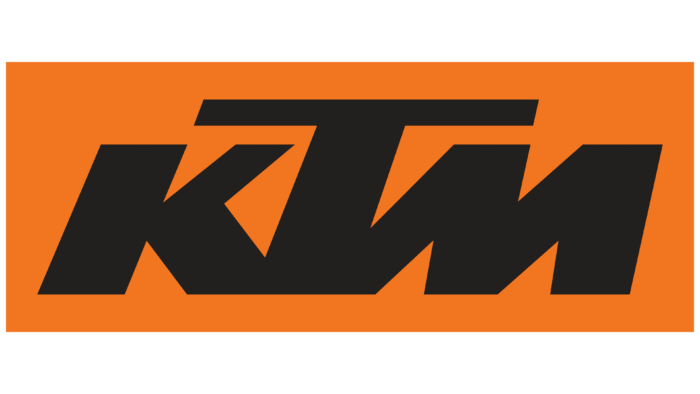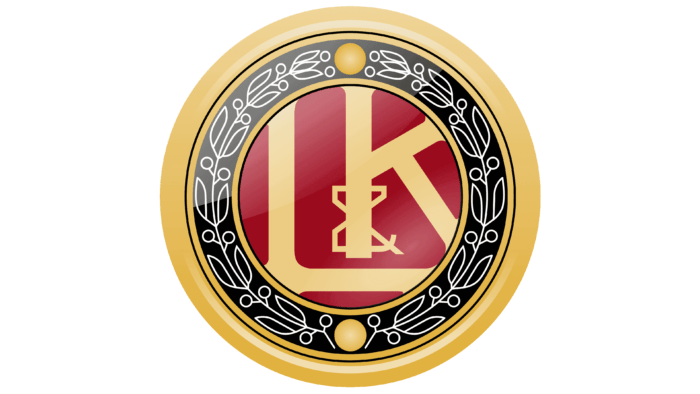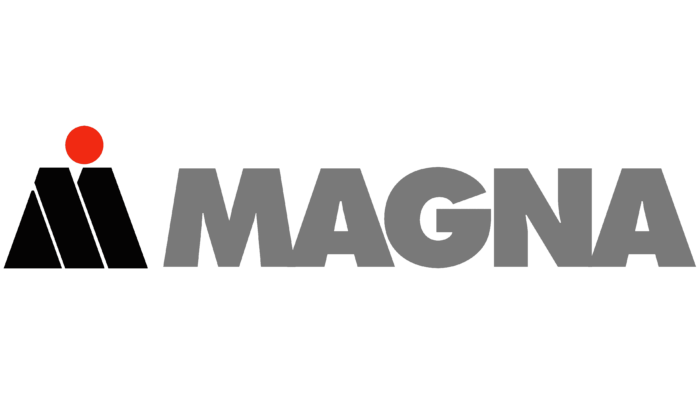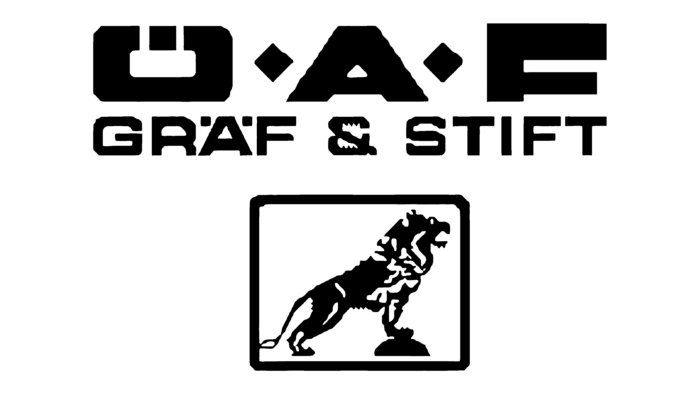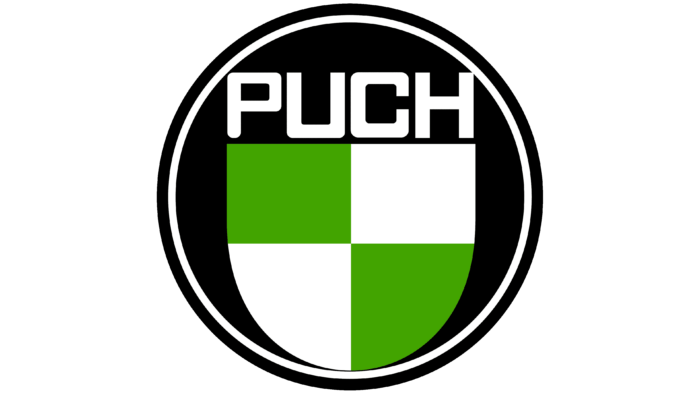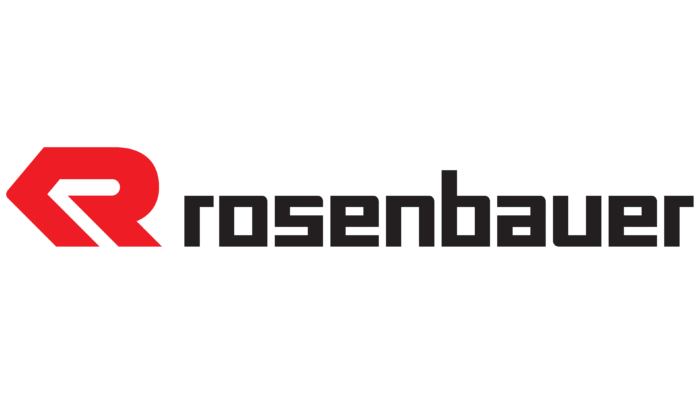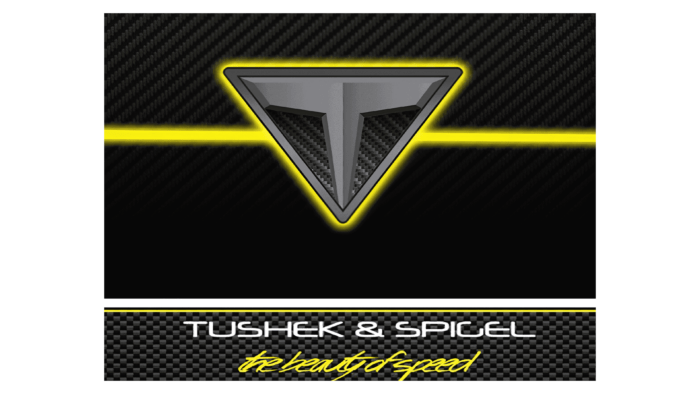The Austrian automotive industry has a rich and unique development history. It is a combination of two main areas – the direct production of automobiles, their deliveries, and the production of automobile components. The era of the Austrian automobile industry was opened by the second most important company – Laurin & Klement, which produced the first two cars in Austria back in 1905.
A peculiarity of the Austrian automobile industry was its export orientation due to a rather small domestic market. However, the investment-friendly climate and favorable development conditions still make the country particularly attractive for investment. This explains the pace of development of the automotive industry in the country and the location of facilities here by the world’s largest car manufacturers.
Custoca
In 1966, Gerhard Höller founded a small private company, Custoca, to produce and distribute finished cars. This brand produces several popular sports cars and high-performance dune buggies based on the Volkswagen Beetle, production of which began in 1972. The brand is known for its 1971 Hurrycane and Stratos cars. The company produced 135 Stratos and over 100 Hurrycans before closing in 1988. The brand logo is a text version of the company name – bold sans-serif letters in light yellow color, framed by a bold black border.
Denzel
In 1948, Wolfgang Denzel, an Austrian automobile racer with an engineering background, founded a sports car company of the same name. This was due to the need to create a car that met their requirements. The first models were assembled on the basis of Volkswagen Kübelwagen components. In 1952, their lightweight chassis was developed, on the basis of which the 1300 Serien Super or SS model was created in 1957. Today, Wolfgang Denzel AG is only involved in the sale of automobiles. The text logo shows the brand name in lowercase sans-serif font.
Eurostar Automobilwerk GesmbH & Co. KG
Austrian automobile manufacturer Eurostar Automobilwerk GesmbH & Co. KG was a subsidiary of DaimlerChrysler Corporation. The company was founded in 1990 as the main manufacturer of Chrysler cars in Graz-Libenau (Austria). In 2002, the brand became part of Magna Steyr Fahrzeugtechnik AG & Co. kg. The company’s latest models are the Chrysler Grand Caravan GK & GY, Voyager RG, PT Cruiser FY, and FZ, and PT Cruiser Cabrio JY and JZ. The company logo repeats the Chrysler brand logo, demonstrating the commonality of the brand. But in the center circle, the name Eurostar is executed.
A. Felber & Co
Austrian brand A. Felber & Co. is known for the production of sidecars. The brand was founded in 1952 in Vienna, Austria. Thanks to the Felber Autoroller T 400 three-wheeled microcar of 1952, the company entered the list of automobile manufacturers. In 1954, the company modified its scooter and produced the Felber Möve coupe. The automobile production was soon closed down. The company logo was a sign of unfolded wings, with a circle in the center with the traditional stylized image of a soaring seagull and the model name. The T 400 logo had a shield symbol in the center and the brand name in capital letters above it, as if by hand.
Graf & Stift
A manufacturer of trucks and buses/trolleybuses, the Austrian company Gräf & Stift has been producing cars since 1902. It is a family business founded by three brothers, Franz, Heinrich, and Karl Graf, in 1893 to produce bicycles. The first of these was the unusual Voiturette self-propelled car of 1895. The brand existed until 2001 when MAN became its owner and renamed the company. The logo was a stylized obtuse triangle with a curved base. It had a dark red fill and the letter “I” in the central circle, from which stylized wings diverged.
KTM AG
Austrian automobile manufacturer KTM AG was founded in 1992 on the basis of KTM Sportmotorcycle AG of 1934. The company is owned by Pierer Mobility AG and India’s Bajaj Auto International Holdings BV. The main product line of the brand is motorcycles. But in the late 90s, the company added the production of cars, among which a series of sports cars, X-Bow – lightweight two-seater cars – became especially popular. This model was the world’s first carbon fiber monocoque design. The logo of the brand is a monogram of the name of three letters in black with a right slant on a bright orange background.
Laurin & Klement
The automobile brand Laurin & Klement was founded in Austria-Hungary in 1895 by Vaclav Laurin and Vaclav Klement. In 1925 it was acquired by the Czech company Akciová společnost, dříve Škodovy závody from Mladá Boleslav, which later became the well-known Czech company Škoda. Starting with the production of bicycles and motorcycles, the brand produced its first automobile in 1905 – the Laurin & Klement A or Voiturette Type-A. The brand produced mass-produced models B, B2, F, FC, and FF. Among them were two- and four-seaters, with bodies of phaeton, limousine, landau, van, omnibus, sanitary car. The brand logo was placed on the radiator grille and represented the company name written in capital letters.
Ledl
Ledl Ges. mbH is an Austrian company that made a name for itself in the automotive industry with the production of buggies in 1973, founded by Günter Ledl. Based in Tattendorf, the company started producing buggies. The first model was the Hippo Racing Ledl. The Siva model brought the brand the greatest fame. In 1981, production of the first Ledl AS series began, which was discontinued in 1987 due to changes in legislation. The buggies were produced until 1994 when the brand switched to the production of car accessories. The company logo is the brand name in bold black capital letters on a bright orange background.
Libelle Fahrzeugbau- und Vertriebsgesellschaft GmbH
Austrian factory Libelle Fahrzeugbau- und Vertriebsgesellschaft GmbH took a worthy place in the list of domestic automakers thanks to its three-wheeled sidecar – an all-weather motor scooter. It was produced from 1952 to 1954. Production was carried out in Innsbruck. Forty vehicles were produced. At this point, the connection of the plant with the automotive industry was terminated. The emblem – the name of the brand, was located on the right side of the front end. Made in the form of a handwritten inscription, it was clearly legible and easy to remember.
Magna Steyr AG & Co KG
Austrian automobile manufacturer Magna Steyr AG & Co KG was part of the Steyr-Daimler-Puch conglomerate until 2001. It is a subsidiary of Canada’s Magna International. After gaining independence through the direct involvement of Frank Stronach, the brand established its headquarters in Grays, Austria. In 2002, the company was acquired by DaimlerChrysler. In 2010, Erhard & Söhne was incorporated into the company. In 2016, the brand was acquired by Telemotive AG. The company logo is a mark in the form of a stylized letter MC with a red dot above a black dot in black and the full brand name in grey.
ÖAF
Austrian company Österreichische Fiat-Werke Aktiengesellschaft was founded by Turner Fiat factory together with Anglo-Osterreichische Bank in 1907 as a repair shop. The company was located in the town of Wien-Floridsdorf. During its existence, the brand produced cars and trucks. Omnibuses for various purposes were produced. Among the models of the brand are a passenger car, an Austro-Fiat 9/32 of 1923, trucks ÖAF Tornado 16, OAF Tornado 19, OAF Guzar, and even a wheeled tank. Since 1993, the sale of passenger cars was transferred to AC Austro-Car. As a logo, the brand chose a mythical lion and a text abbreviation of the name from the first three letters.
Puch
The Puch automobile company was founded in 1899 by Johann Puch in Graz, Austria. Being a subsidiary of Steyr-Daimler-Puch, it produced automobiles, as well as bicycles, mopeds, and motorcycles. In 1906, the Puch Voiturette automobile was produced, and in 1910, production of sedans for the Habsburgs began. In the post-war years, the brand produced the Puch 500 and Steyr-Puch Haflingers small cars and won the European championship with the 650 TR II. In 1970, the Steyr-Puch Pinzgauer all-terrain vehicle was introduced. The logo was designed as a sign in the form of a black circle with the brand name in white lettering at the top. Below was a heraldic shield in a white and green checkered pattern.
Rosenbauer Group
Austrian special equipment manufacturer Rosenbauer Group is known as the world’s largest manufacturer of special equipment – in particular, fire trucks. Founded in 1866 and based in Leonding, the company supplies fire engines to fire departments in more than 100 countries. Johann Rosenbauer founded the brand in Linz. The first fire engine left the factory gates in 1918. Among the most famous models of the brand is the 1985 Falcon. The logo of the company is known all over the world. It is a red sign in the form of the capitalized first letter of the brand name, from which the full spelling of the brand name in lower case letters is written in black color.
Steyr-Daimler-Puch
Austria’s largest automobile conglomerate, Steyr-Daimler-Puch, traces its roots back to the Austro-Hungarian Empire in 1864. Starting with the production of military equipment, airplanes, and weapons, the brand has included automobiles in its production as well. The company’s headquarters are located in the city of Steyr. Among the most famous Steyr 120 models are the supercabriolet (1935) and all-terrain vehicle Pinzgauer 710M 4×4. Steyr VII of 1926, Steyr XX of 1930, and Steyr 220 of 1939 were produced under this brand. The Steyr-Puch 500 DL truck Steyr 12S18 was especially popular. The cargo area was sold to MAN. The brand logo was a combined Steyr and Puch brand mark.
Tushek & Spigel Supercars GmbH
Austrian supercar manufacturer Tushek & Spigel Supercars GmbH is widely known, whose logo is a steel stylized letter T inside a triangle in a bright yellow frame. The Austrian-Slovenian brand (founded in 2012 in Slovenia and moved to Graz, Austria) is the result of a collaboration between Slovenian racer Alyosha Tushek and Austrian Jakob Karl Spigel. The startup Tushek made a name for itself after presenting the Renovatio T500 at Top Marques Monaco. In 2014, the brand unveiled its new Tushek TS 600, followed by the TS900 in 2018.
